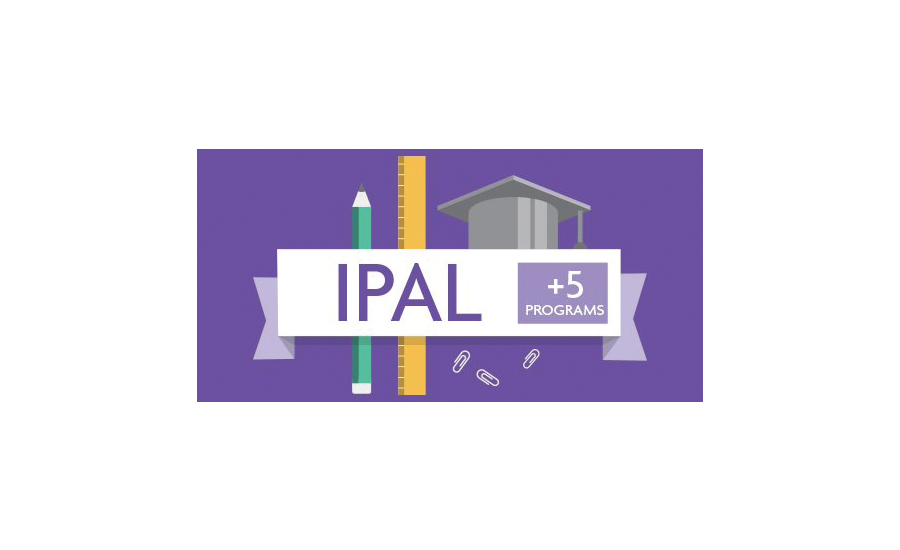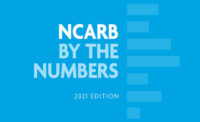The National Council of Architectural Registration Board (NCARB) this weekend announced the acceptance of five additional schools into its Integrated Path to Architectural Licensure (IPAL) initiative. The two-year-old program [https://www.ncarb.org/become-architect/ipal] enables students to garner Architectural Experience Program (AXP) credits while still in school, as well as to take all divisions of the Architectural Registration Exam (ARE) before graduating.
The new participating schools are the New York Institute of Technology (NYIT), Boston Architectural College, Florida International University, University of Massachusetts Amherst, and Southern Illinois University.
“Of course, the impetus to join IPAL came from our students wanting to get their licenses as soon as possible,” says Robert Cody, chair of the School of Architecture at NYIT. But, Cody adds, the initiative will also help draw students with four-year degrees to its upcoming M.Arch program.
Under the initiative, students will work part-time during the school year and full-time during the summer to fulfill the AXP requirements. Cody projects that the three-and-a half-year program will begin in 2019.
According to NCARB’s president Kristine Harding, the IPAL expansion continues the effort to reduce time from enrollment in school to licensure, which now averages 12.5 years – down from 16 years in 2008. The program would allow students to get licensed upon graduation, but Harding says that perhaps more typically, a focused candidate should able to earn a license shortly after graduation—within a 7-8-year timeframe.
The School of Architecture at Woodbury University in Los Angeles, one of 21 institutions currently using IPAL, incorporated the initiative into its undergraduate and master’s programs in 2015. The curriculum is structured so that, although it extends their studies by a year, students accrue no additional costs by enrolling in the program, says Dean Ingalill Wahlroos-Ritter.
Within IPAL, academic studies and paid work experience are separated into different time frames. For example, Woodbury graduate student Genevieve Enriquez spends her summers working for the LA firm Bestor Architecture. In her third year she’ll work full-time and begin taking the ARE.
“I don’t take a lot of breaks,” admits Enriquez, who hopes to be licensed upon graduation. But, she says, “I like to keep the flow going.”







Post a comment to this article
Report Abusive Comment